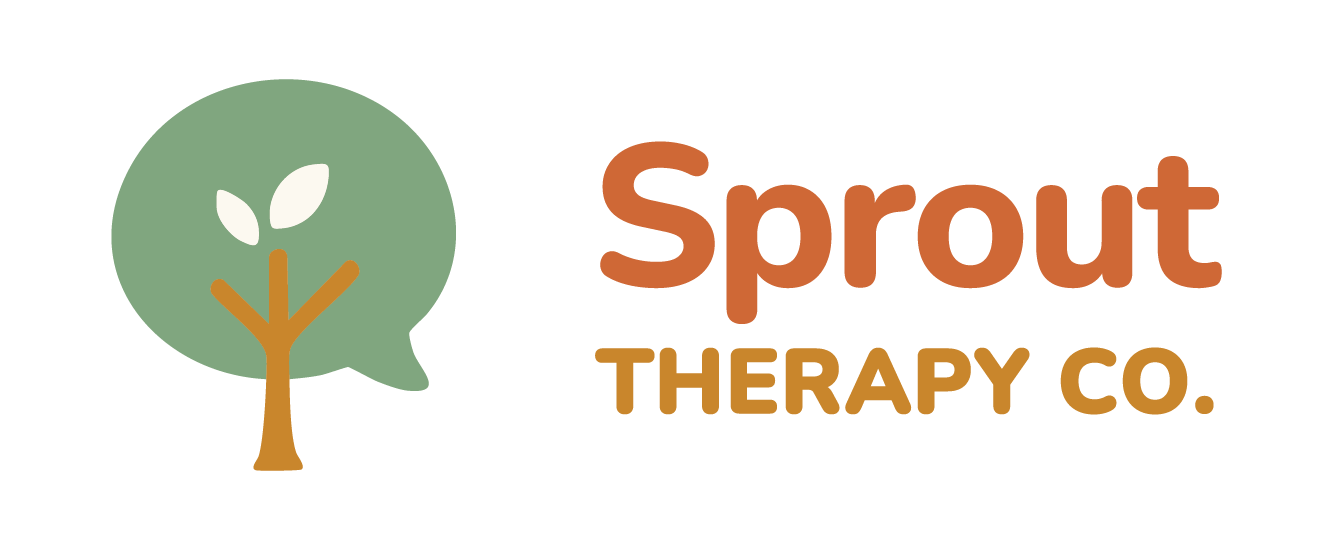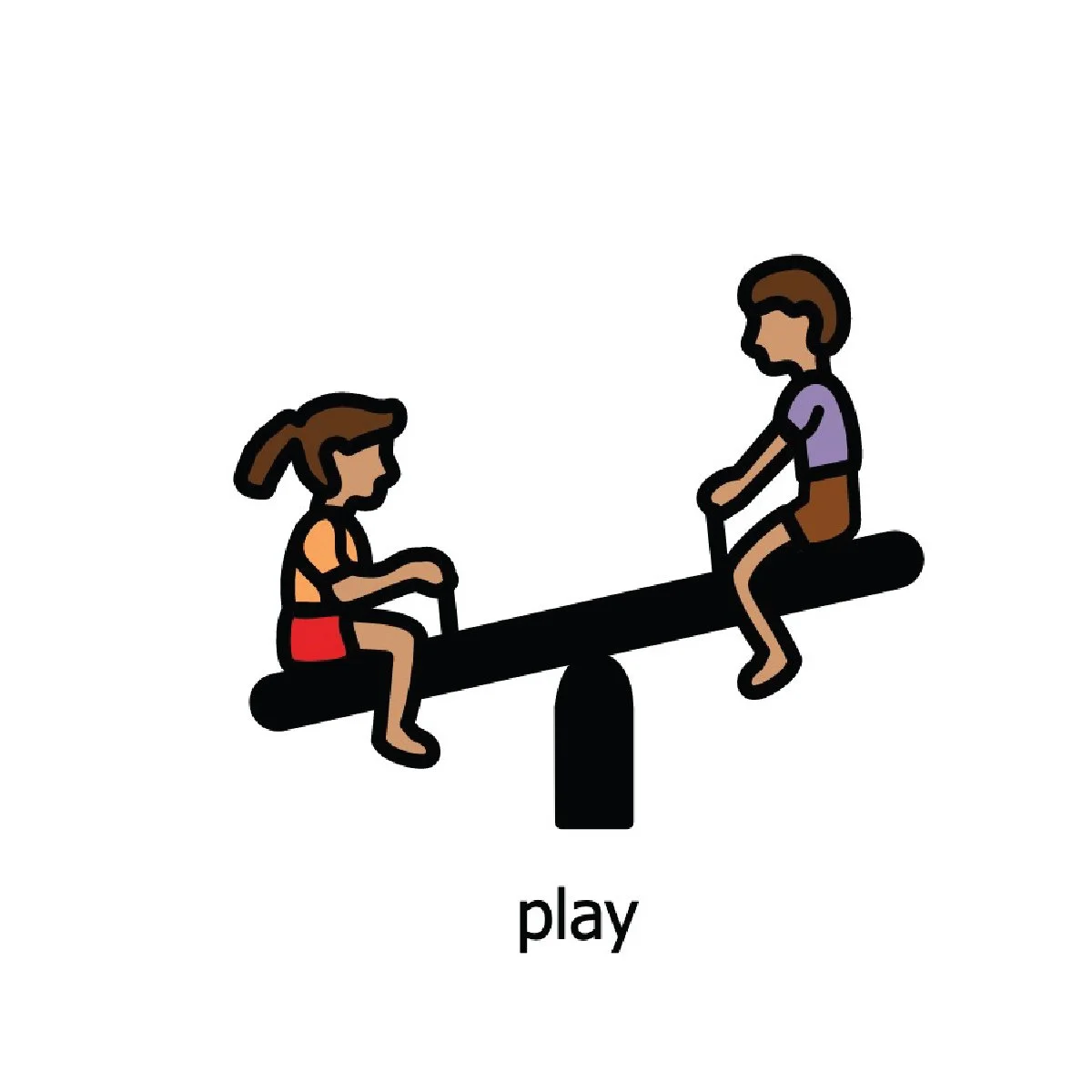Using the Core Word Board at QCM
Language is all around us, and the Core Word Board helps every child join in the conversation! Whether your child uses words, gestures, or pictures to communicate, this board can support them in expressing ideas, needs, and feelings during play.
What is a Core Word Board?
A core word board is a visual communication tool with simple, high-frequency words that we use every day, like go, help, want, stop, more, up, open, and look. These are words that can be used across many activities and settings, making them powerful for all kinds of communication.
Children can point to the symbols on the board while they play, and adults can use it to model language as they talk.
Keep it Nearby: You’ll find a large version displayed in the museum, and portable boards are available at the front desk.
Point and Talk: As you play, point to the words you’re saying. For example:
“Let’s go to the market!”
“Can you help me build the train?”
Follow Your Child’s Lead: Watch what your child is doing or looking at and model words that fit the moment.
Model, Don’t Quiz: You don’t have to ask your child to “find” the word. Just show them how it can be used naturally in conversation.
How to Use It
Builds understanding and expression of language
Gives children a visual way to communicate, especially if they’re still developing speech.
Encourages participation in play and social interactions.
Helps adults use simple, consistent language that supports learning.
Why It’s Helpful
Core boards can help all children, not just those with speech delays!
Children who are learning to talk
Children who use speech-generating devices or AAC
Siblings and peers who want to communicate and play together
Parents, caregivers, and teachers who want to model language in a fun, natural way
Who Can Benefit
Our Tip: Model, Model, Model!
The best way to teach new words is to model them yourself. Point to and say the word several times throughout play. You don’t need full sentences, even one or two words at a time helps your child make the connection between symbols, words, and meaning.







